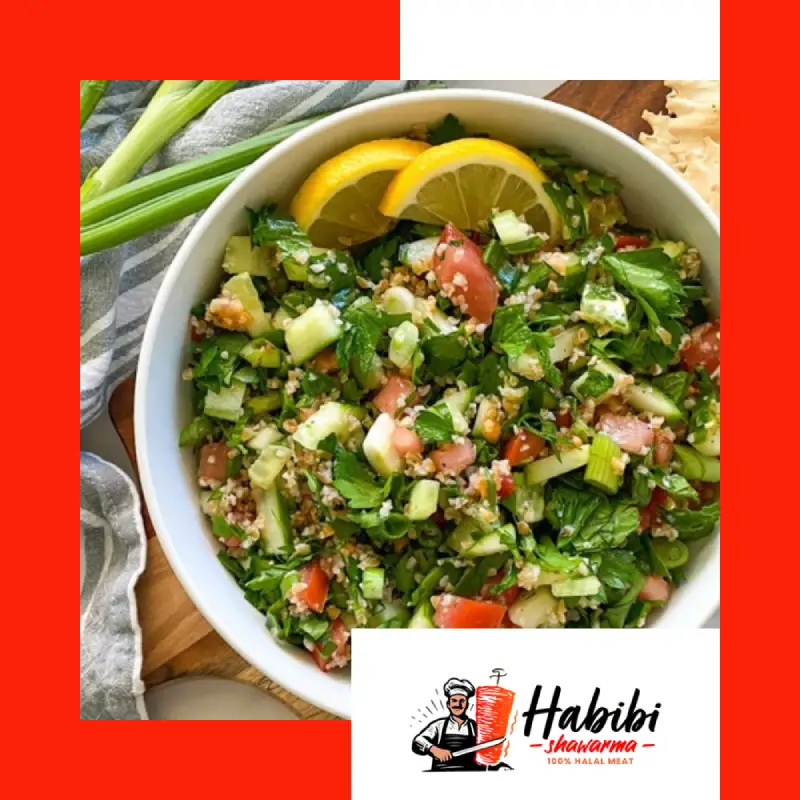From Ancient Villages to Modern Tables
The origins of tabouli date back thousands of years, with early versions being prepared by Levantine farmers who relied heavily on local, seasonal ingredients. It was originally made with more greens than grains, reflecting the abundance of parsley and mint in the region. Over time, this dish made its way from village gatherings to global menus, cherished for its refreshing nature and straightforward preparation. Despite modern variations, the Lebanese version has retained its commitment to fresh herbs and bright citrus over heavier elements.
Defining the Lebanese Flavor Profile
What sets traditional Lebanese tabouli salad apart is its unique composition and flavor balance. Unlike other interpretations that may focus more on bulgur, the Lebanese style emphasizes finely chopped parsley and mint as the primary ingredients. These herbs are blended with diced tomatoes, scallions, and soaked bulgur, then generously dressed with lemon juice and olive oil. The result is a tangy, herbaceous dish that feels light yet satisfying. Every ingredient plays a role in building complexity—from the acidity of the lemon to the earthiness of the olive oil.
A Symbol of Hospitality and Culture
In Lebanese culture, food is more than sustenance—it’s a gesture of hospitality and a symbol of identity. Tabouli often appears at celebratory meals, weddings, and religious gatherings. It’s typically served as part of a mezze spread, meant to be shared among friends and family. Preparing it is an act of care, requiring time and attention to chopping and seasoning. This ritual makes it more than just a recipe—it becomes a shared experience that connects generations through the act of cooking and eating together.
Honoring Tradition While Embracing Creativity
While the classic recipe remains beloved, many home cooks and chefs have explored new ways to interpret tabouli salad. Some opt for alternative grains like quinoa or couscous, while others incorporate ingredients like sumac or feta for a different twist. Yet, the heart of the dish—freshness, balance, and simplicity—remains unchanged. These modern takes honor the roots of the original while showcasing its adaptability across cultures and palates.
Read More:
Tabouli Salad: Nutritional Benefits and Creative Variations to Try

